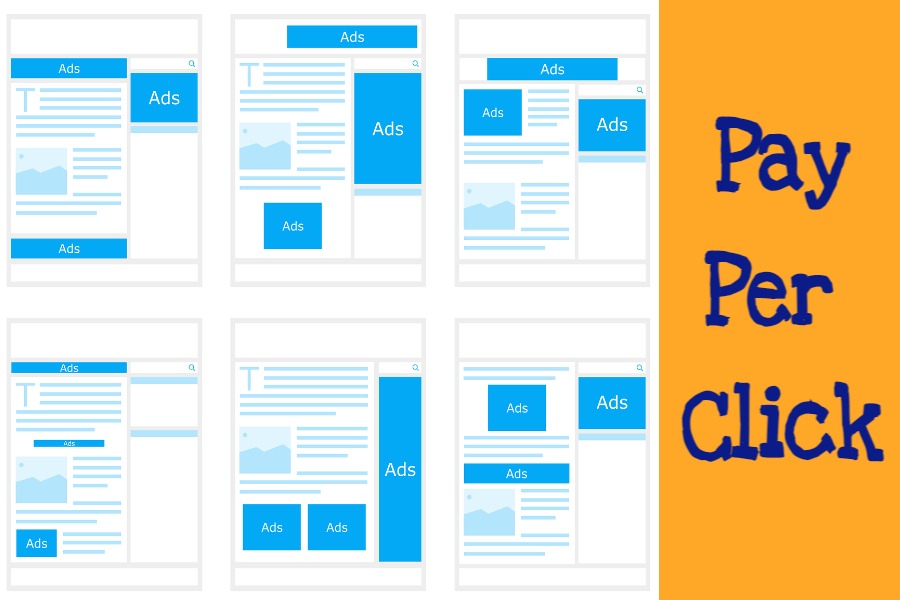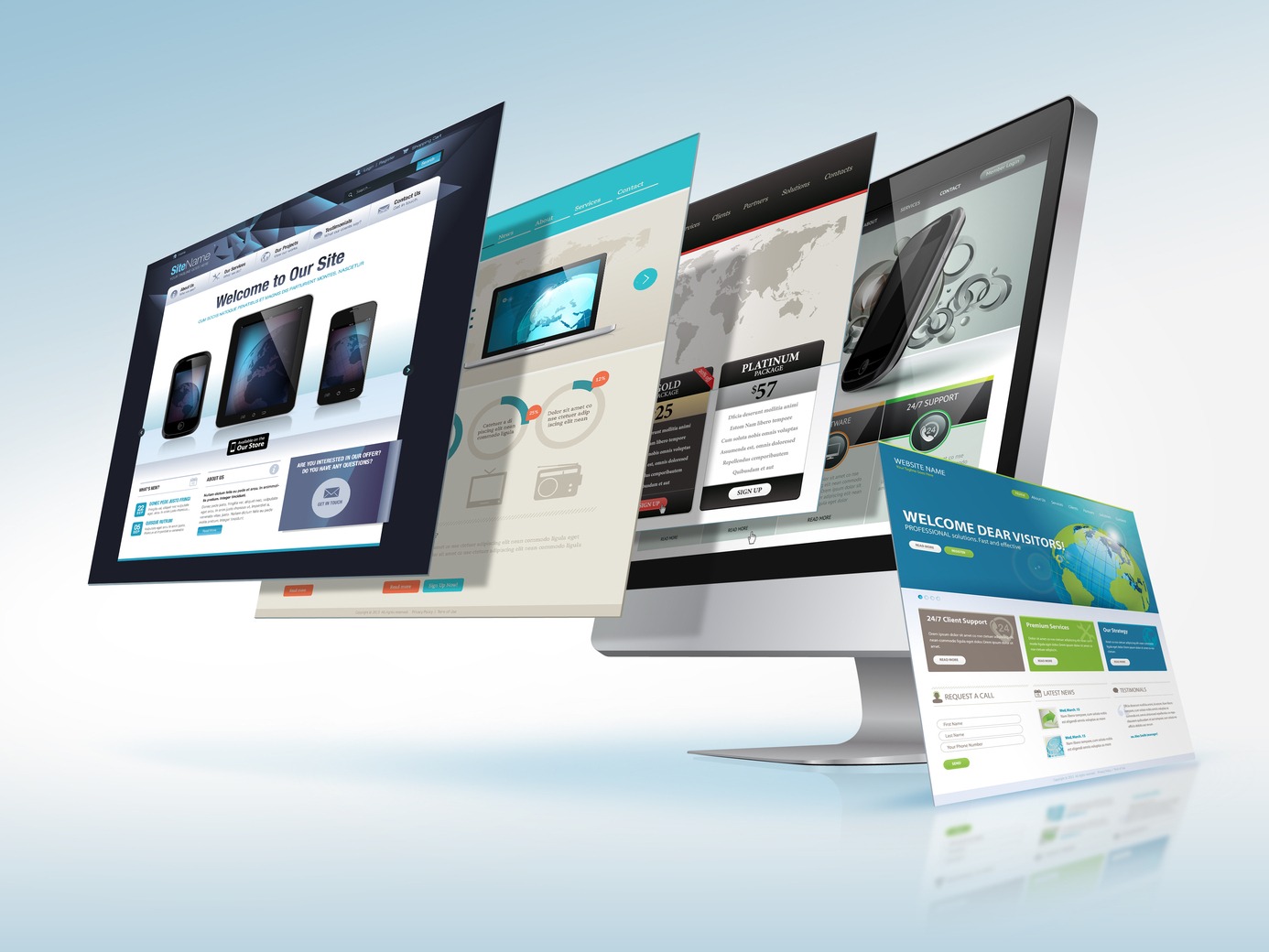
This is a custom HTML / JavaScript Element
In order To See Your Custom HTML/JavaScript Code in Action You Must Click On The Preview Page Button, Your Code is NOT going to be active in the edit mode
Pay-per-click (PPC) is one of the most common ways that companies can acquire customers and boost their sales. But what are the basics of running a PPC campaign? And what are some of the pitfalls?
The following article is an introduction to PPC campaigns and provides an overview of all the things you need to think about before deciding on your next PPC campaign.
When starting a PPC campaign, you should:
* Understand how search engines work & why they do what they do.
* Understand how to capture users' attention and build it over time.
* Know if you're in a market for paid or organic searches.
* Know how to optimize ads for different types of search results, such as local search or image search.
* Know when to use "crawled" vs. "sponsored links".
* Know how to make money from your PPC campaign.

Mistake #1: Choosing a Wrong Keyword
One of the most frequent mistakes people make when they first start setting up a pay-per-click campaign is choosing the wrong keyword. That’s because keywords are your best bet to generating conversions, and if you end up doing something wrong, it can easily lead to lost conversions and more.
The most common mistakes that novice marketers make in choosing the right keyword for their PPC campaigns include:
● Not knowing what their target market is looking for
● Using keywords that are generally used by other people or search engines
● Choosing keywords that have a high competition ratio
● Choosing keywords that are too short or too long
Broad match keywords can be dangerous in a PPC campaign. When you use broad match, your ad will show up for any search that includes those keywords, no matter how they're worded. This can lead to a lot of irrelevant traffic and can end up costing you money.
For example, if you're targeting the keyword "shoes," your ad might show up for searches for "red shoes," "women's shoes," and "kids' shoes." Even if someone is looking for something completely different than what you're selling, they may click on your ad because it's the only result that includes the word "shoes." Using broad match keywords can also lead to low quality scores and less-than-ideal click-through rates (CTRs).

Mistake #2: Lack of Landing Page Optimization
PPC campaigns are a great way to reach potential customers, but neglecting the quality and relevance of landing page content and page load time can cost you. Landing page content should be well written, relevant to your target audience, and have high quality images. Page load time is also important for both mobile and desktop users. If it takes more than two seconds for a user to load your page, they're likely going to abandon it.
There are many reasons to optimize a landing page. The first reason is that it can help improve your conversion rate. This is because you can tailor the page to match the keywords that people are using to find your product or service. You can also make sure that the page is easy to use and provides a good user experience. This will encourage people to stay on the page and convert into customers.
Another reason to optimize your landing pages is to improve your SEO ranking. When you optimize a page for keywords, you are helping to improve your site's ranking in search engine results pages (SERPs). This means that more people will see your website when they search for related terms. Finally, optimizing your landing pages can help you track and measure how well your marketing campaigns are performing. By tracking clicks and conversions, you can determine which campaigns are most effective and make adjustments accordingly.
Mistake #3: Trying to Be in The First Position
One of these is trying to get the top spot. Not only does this take a lot of time and effort, but it can also cost a considerable amount of money. Trying to get the top spot on a competitive term could end up costing more than $10-$20 per click. Instead, focus on getting the best return on your investment. You can end up wasting a lot of money.
Many businesses don't realize that PPC advertising is a valuable tool to generate new customers and increase website traffic. However, despite the benefits, pay per click advertising can be difficult. Many businesses commit common mistakes that can prevent them from getting the best return on their investment.

Mistake #4: Not Defining a Correct Bid and Budget
The first step in setting up a PPC campaign is to define the budget and bid. The budget is the amount of money you are willing to spend on your campaign, while the bid is the maximum amount you are willing to pay for each click.
It's important to set a realistic budget and bid so that you don't end up spending more than you can afford or paying more than what your competitors are paying.
You might have considered the time and money involved in setting up and running your own paid search campaigns. You may have even made a list of things you would like to do, but there is a lot of information out there that helps you set up and run a PPC campaign. So how do you get started?
Do you know the right keywords? If not, it’s probably best to read our blog article on keywords first (and not just because it’s free). It should give you some ideas on what keywords to consider for your campaign and what keywords are relevant for your content.
Mistake #5: Not Targeting the Right Audience
It is a mistake that many marketers make when setting up their PPC campaigns.
The goal of a pay-per-click campaign should be to reach key audiences, not unique visitors. It's also important to target the right visitors, or your PPC campaign will be targeting too many people. In order to create a successful PPC campaign, it’s important to target the right audience.
Too often, businesses focus their efforts on people who are unlikely to buy their product or service. As a result, they end up wasting money on ads that no one sees or clicks on.
To find your target audience, you need to understand your business and its products or services. Who is your ideal customer? What are they looking for? What are their needs and wants? Once you have answers to these questions, you can begin targeting them with your PPC campaigns. You can also use data from past customers to help you identify your target audience. Demographics such as age, gender, income level, and location can all be useful in narrowing down your target market.
Takeaways and Final Thoughts
Pay-per-click (PPC) is a great tool you can use to reach the masses and help grow your business. However, there are some mistakes you should be aware of.
Remember, PPC ads are paid ads. So if you do not have the budget to hire a full-time PPC manager (who will handle all facets of the campaign), then don't waste your money on PPC advertising. You must have a plan for how much ad space you need for your campaign before buying it – just like any other marketing strategy.
When planning your PPC campaign, make sure that you are targeting exactly the right audience with your ads. For example, if you want to advertise your product on Facebook, then the people who go to Facebook on a daily basis from your website should be allowed to see the ad irrespective of their age or gender.
It is also important that you choose the right keywords for marketing functions. This is about choosing words that reflect the relevant content people are looking to find. Select the most effective keywords that people will use in search engines like Google and Bing.
And when using keyword research tools like Keyword Planner or analytics tools such as Google Analytics, make sure that they provide accurate data on the amount of traffic coming from each keyword phrase or query term in order to get accurate results on how much money will be spent on each keyword phrase or query term in order to reach its target audience (users).
*Follow us on Facebook, click HERE.
Thank you for reading this LogicalDM.com article.

This is a custom HTML / JavaScript Element
In order To See Your Custom HTML/JavaScript Code in Action You Must Click On The Preview Page Button, Your Code is NOT going to be active in the edit mode
 Add Row
Add Row  Add
Add 






